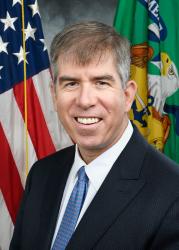Abstract
Despite a relatively strong U.S. economy in late 2018, many workers continue to experience stagnant wages and underemployment. In response, policy interventions like subsidized wages, training and search assistance, expanded public employment, and federal guarantees of employment have all been proposed, but relatively little is known about how a federal job guarantee would function. We therefore discuss a number of relevant labor market considerations: How many people are likely to participate in a job guarantee? What types of work and nonwork activities are the eligible population currently engaged in? What types of work would program participants do? Can we expect workers to be well matched with their employers? Are there unintended consequences of the program for participants or nonparticipants? We conclude that, while a job guarantee could lift employment rates and incomes for many participants, there is considerable uncertainty associated with its impacts. In particular, a potentially very large but unknown fraction of workers currently earning low wages—as well as those outside the labor force—would take up a job guarantee, meaning that it could affect far more workers than are currently unemployed or underemployed.









